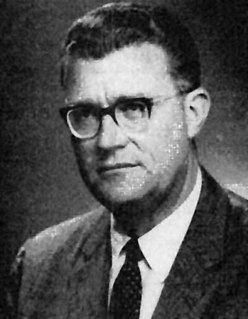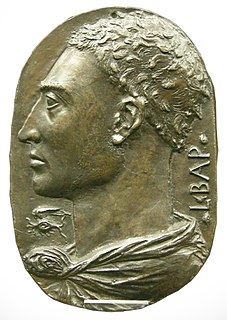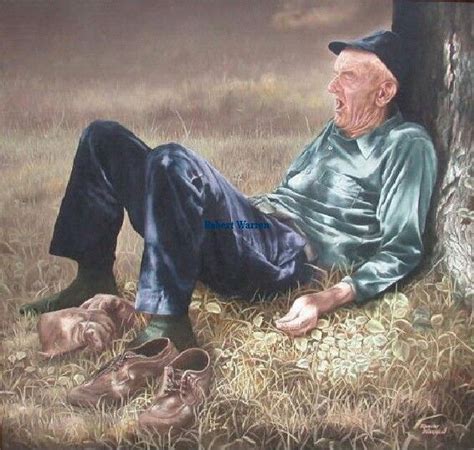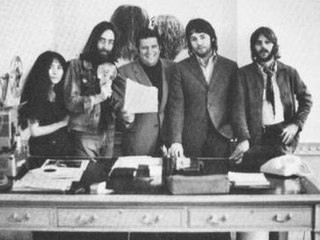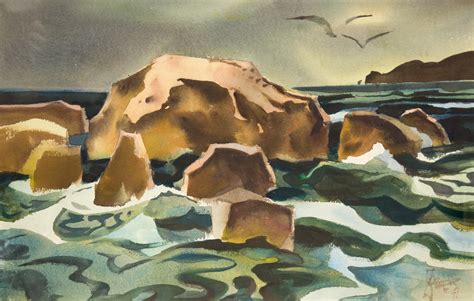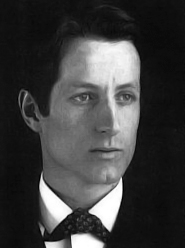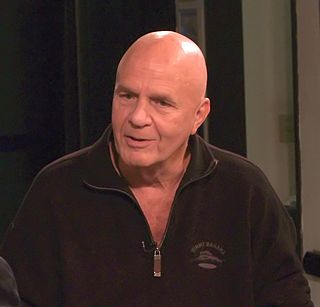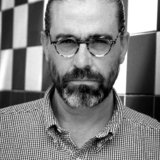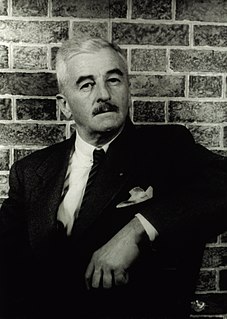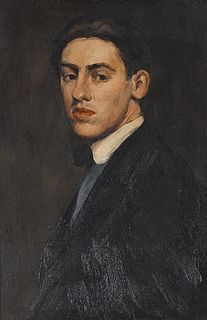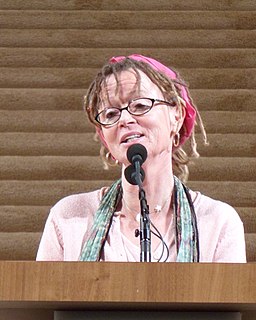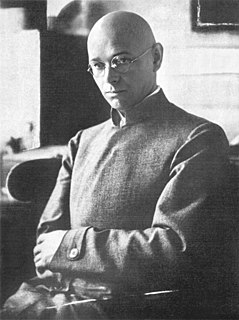A Quote by William Morris Hunt
Give up the idea of 'color' for awhile! Consider masses - values, only... One dark and one light place in every picture.
Related Quotes
The difficulty with color is to go beyond the fact that it's color ? to have it be not just a colorful picture but really be a picture about something. It's difficult. So often color gets caught up in color, and it becomes merly decorative. Some photographers use it brilliantly to make visual statements combining color and content; otherwise it is empty.
Who doesn't have a dark place somewhere inside him that comes out sometimes when he's looking in a mirror? Dark and light, we are all made out of shadows like the shapes on a motion-picture screen. A lot of people think that the function of the projector is to throw light on the screen, just as the function of the story-teller is to stop fooling around and simply tell what happened, but the dark places must be there too, because without the dark places there would be no image and the figure on the screen would not exist.
When I'm teaching, I tell the story of this painting for two reasons. First of all, if you want a good solid color structure, you have to have a solid development in values, dark and light. Second, if you have a good design, don't leave it if you fail to render it to its full extent the first time around. Remember it's the design that's important. Try and try till you get the thing to work. That's why The Pattern Makers is a key picture in my painting career.
The reason why so many of my photographs in the book were taken in stairwells and corridors was that that was the only bit of spare space available and, in some cases, the only place where there was enough light to see anything. Even then, it was often so dark that I couldn't tell which gender my subject was (not that I particularly cared) and too dark, before the era of autofocus, to focus. I had to find a light (or carry a torch) and pre-focus.
I guess he'll have to figure out someday that he is supposed to have this dark side, that it is part of what it means to be human, to have the darkness just as much as the light- that in fact the dark parts make the light visible; without them, the light would disappear. But I guess he has to figure other stuff out first, like how to keep his neck from flopping all over the place and how to sit up.

